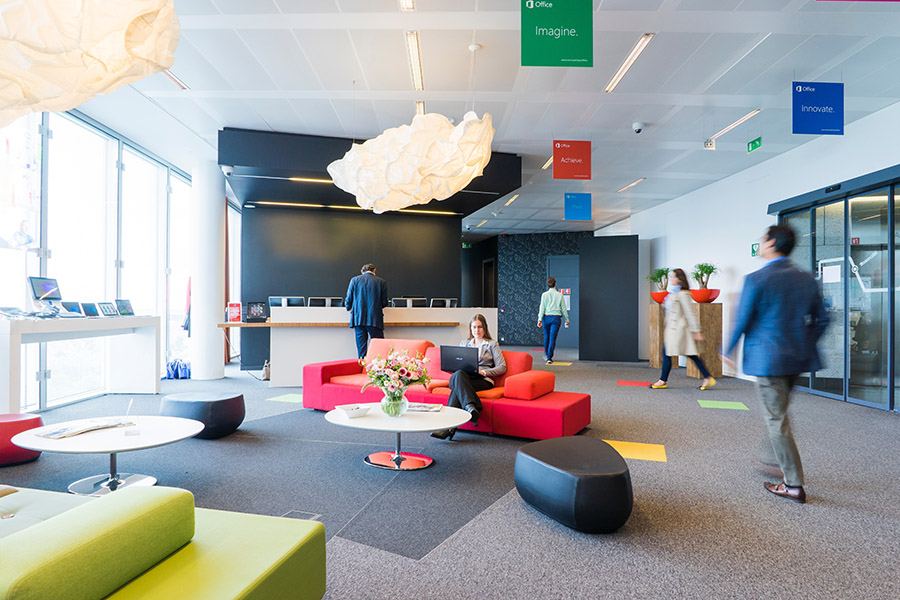Hybrid working isn’t a new concept. People have been working partly from home and partly from the office for
By Making Moves London
June 7, 2021
Hybrid working isn’t a new concept. People have been working partly from home and partly from the office for years, however the concept was generally related to start ups and creative companies. Since lockdown started, the necessity of being able to work from other spaces outside of your office couldn’t be stronger. No longer can bosses say it’s impossible to work from home, but that doesn’t mean it’s efficient.
Working from home can be good for completing tasks without disturbance. Although offices are for more than socialising. Studies suggest the most creative ideas come from time with colleagues. Whether that’s purposeful collaboration meetings or just water cooler chats that turn into brilliant ideas.
Whatever reason you’re planning on working flexibly, there are some stumbling blocks you should try to iron out before implementing your hybrid working model.
Figuring out how many days your staff should be in the office depends on your business. Doing a survey is a great way to get a general consensus of how people are feeling. But be aware, what people say they want, and what they actually are do are very different. Use the survey to understand what people are looking for, but monitor the first few weeks or even months to see how people’s routines come together. You will eventually start seeing a natural rhythm to people’s lives and can determine a set number of days from there.
The other option is to leave it up to your staff. You can use tools such as Envoy and Officely to allow people to book their desks and meeting rooms on the days they want to come in.
One of the main questions we get asked is whether its best for all staff to be in on the same days, or if it’s better to stagger the days. That is entirely up to you. Both have their positives and negatives. For example, having everyone in on the same day allows cross team working to be more effective, however this could result in needing a bigger office to accommodate everyone. Alternatively you could have different teams in on alternate days. This allows you to have a smaller space, but communication between teams could be an issue.
A big complaint of people who work from home, is that they miss out. I don’t mean miss out on the work banter and in-jokes, but miss out on important information and sometimes even perks and promotions. The age old theory of out of sight, out of mind does occasionally crop up when discussing fully remote colleagues. If you are allowing staff to work remotely, treat them equally.
As mentioned, hybrid working doesn’t necessarily align itself to quality communication. It’s imperative that you keep working relationships alive and engaging, by encouraging social chats. Whether that’s on Slack, Teams or even WhatsApp, getting people to have their ‘water cooler chats’, even if it is virtually, is important for team bonding. In turn, this will result in a more unified office environment.
If you’re unsure on how you are going to deal with hybrid working, give us a call. We can talk you through all of the available options so you can pick the right one for you.

🚚 Source, negotiate and manage entire office moves.
🏢 Dispose, sublet or redesign your office.
🖊️ Professional, independent support.